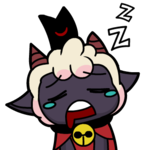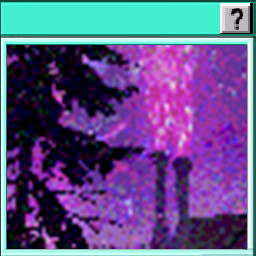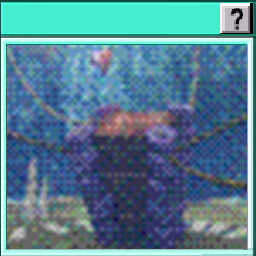Steam ņäżņ╣ś
ļĪ£ĻĘĖņØĖ | ņ¢Ėņ¢┤
ń«ĆõĮōõĖŁµ¢ć(ņżæĻĄŁņ¢┤ Ļ░äņ▓┤) ń╣üķ½öõĖŁµ¢ć(ņżæĻĄŁņ¢┤ ļ▓łņ▓┤) µŚźµ£¼Ķ¬×(ņØ╝ļ│Ėņ¢┤) Ó╣äÓĖŚÓĖó(Ēā£ĻĄŁņ¢┤) ąæčŖą╗ą│ą░čĆčüą║ąĖ(ļČłĻ░Ćļ”¼ņĢäņ¢┤) ─īe┼Ītina(ņ▓┤ņĮöņ¢┤) Dansk(ļŹ┤ļ¦łĒü¼ņ¢┤) Deutsch(ļÅģņØ╝ņ¢┤) English(ņśüņ¢┤) Espa├▒ol - Espa├▒a(ņŖżĒÄśņØĖņ¢┤ - ņŖżĒÄśņØĖ) Espa├▒ol - Latinoam├®rica(ņŖżĒÄśņØĖņ¢┤ - ņżæļé©ļ»Ė) ╬Ģ╬╗╬╗╬Ę╬Į╬╣╬║╬¼(ĻĘĖļ”¼ņŖżņ¢┤) Fran├¦ais(Ēöäļ×æņŖżņ¢┤) Italiano(ņØ┤Ēāłļ”¼ņĢäņ¢┤) Bahasa Indonesia(ņØĖļÅäļäżņŗ£ņĢäņ¢┤) Magyar(ĒŚØĻ░Ćļ”¼ņ¢┤) Nederlands(ļäżļŹ£ļ×Ćļō£ņ¢┤) Norsk(ļģĖļź┤ņø©ņØ┤ņ¢┤) Polski(ĒÅ┤ļ×Ćļō£ņ¢┤) Portugu├¬s(Ēżļź┤Ēł¼Ļ░łņ¢┤ - Ēżļź┤Ēł¼Ļ░ł) Portugu├¬s - Brasil(Ēżļź┤Ēł¼Ļ░łņ¢┤ - ļĖīļØ╝ņ¦ł) Rom├ón─ā(ļŻ©ļ¦łļŗłņĢäņ¢┤) ą čāčüčüą║ąĖą╣(ļ¤¼ņŗ£ņĢäņ¢┤) Suomi(ĒĢĆļ×Ćļō£ņ¢┤) Svenska(ņŖżņø©ļŹ┤ņ¢┤) T├╝rk├¦e(ĒŖĆļź┤Ēéżņśłņ¢┤) Tiß║┐ng Viß╗ćt(ļ▓ ĒŖĖļé©ņ¢┤) ąŻą║čĆą░茹Įčüčīą║ą░(ņÜ░Ēü¼ļØ╝ņØ┤ļéśņ¢┤) ļ▓łņŚŁ Ļ┤Ćļ © ļ¼Ėņ £ ļ│┤Ļ│


 California, United States
California, United States




























Inorganic chloramines
Inorganic chloramines comprise three compounds: monochloramine (NH2Cl), dichloramine (NHCl2), and nitrogen trichloride (NCl3). Monochloramine is of broad significance as a disinfectant for water.[3]
Organic chloramines
N-Chloropiperidine is a rare example of an organic chloramine.[4]
Chloramine-T is often referred to as a chloramine, but it is really a salt (CH3C6H4SO2NClNa) derived from a chloramine.[5]
Organic chloramines feature the NCl functional group attached to an organic substituent. Examples include N-chloromorpholine (ClN(CH2CH2)2O), N-chloropiperidine, and N-chloroquinuclidinium chloride.
Chloramines are commonly produced by the action of sodium hypochlorite on secondary amines: